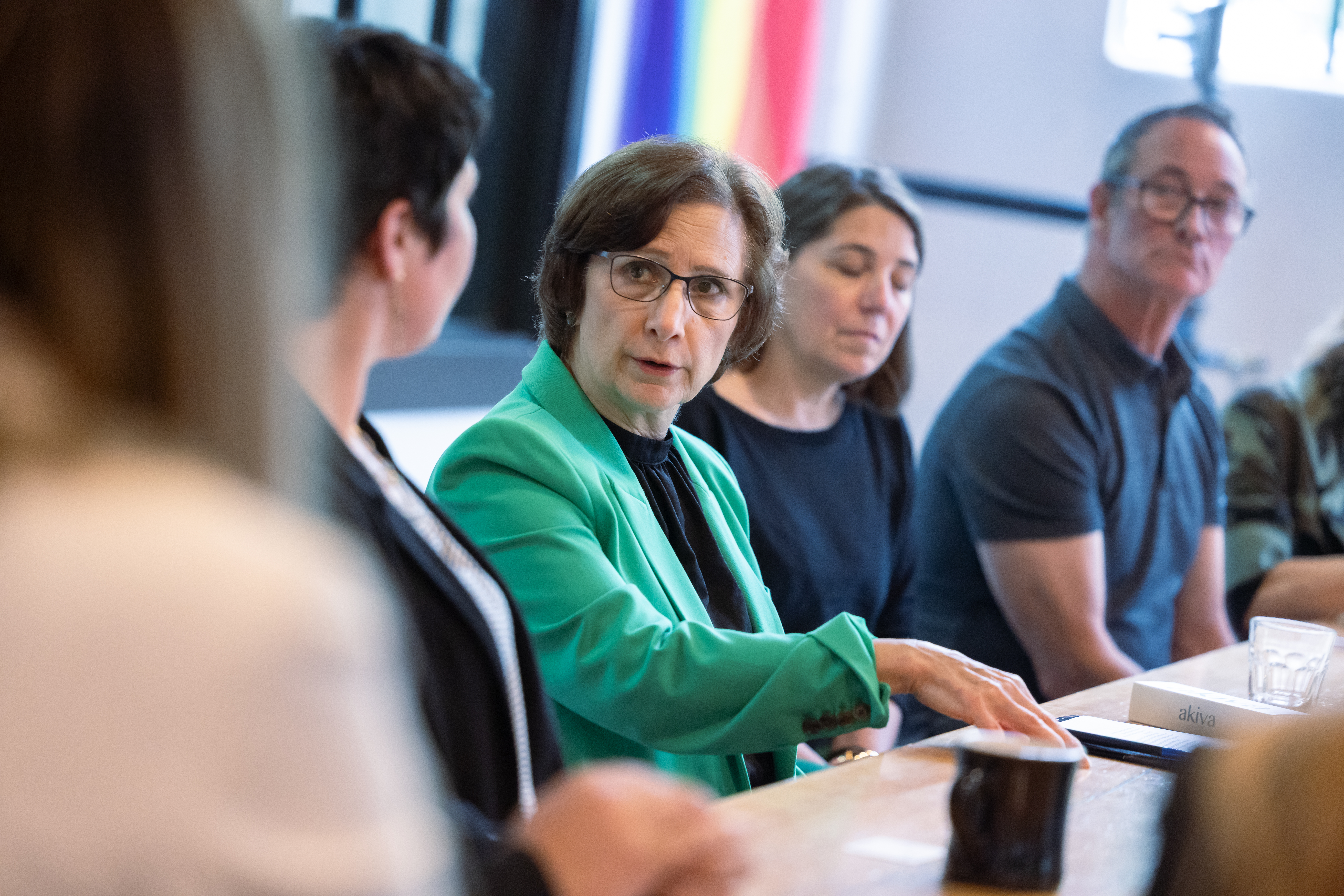Capital Chatter: Life (and more construction) returns to the Capitol this month
Published 5:15 pm Thursday, September 14, 2023

- capital chatter logo
Lawmakers and lobbyists – and perhaps a few members of the public who have nothing else to do – will return to a different Oregon Capitol this month.
Except for the sounds of construction, the Capitol has been eerily quiet since the 2023 Legislature departed on June 25. Several lawmakers even skipped last month’s meeting of the House Revenue Committee, in which state economists delivered the news of Oregonians’ record-breaking income tax “kicker.”
Scaffolding now stands alongside the Oregon Pioneer statue atop the Capitol, part of the $465 million reconstruction and seismic upgrades that make up the final phase of the Capitol Accessibility, Maintenance and Safety project, which started in 2016. A temporary construction wall has narrowed the main hallway, where – prior to COVID-19 and then the intensive construction – hordes of lobbyists, agency representatives and other interested folks would hang out to snag passing lawmakers for a quick chat.
The current construction focuses on the historic portion of the Capitol, built in 1938. The work includes seismically improving the rotunda, supporting the 23-foot “gold man” statue, transferring the weight of the building to temporary shoring towers constructed in the basement level, developing the seismic moat surrounding the Capitol, and framing on the first through fourth floors.
Construction has blocked access to the Senate chamber. Instead, senators will meet in Hearing Room A when they convene on Friday, Sept. 29, to confirm – presumably – the nearly 150 appointments that Gov. Tina Kotek recently made to state boards, commissions, councils and agency leadership. (Unlike Gov. Kate Brown, Kotek does not list whom her appointees are replacing.)
Public parking remains problematic. Construction vehicles and other reserved parking occupy many of the spots surrounding the Capitol block. Construction managers told me it would have been prohibitively expensive to operate shuttles, either for workers or the public.
Parking for disabled and mobility-impaired individuals is especially limited, with two ADA parking spots – the minimum required by the city of Salem – outside the current main entrance to the Capitol.
In contrast, several state office buildings across from the Capitol have four to seven conveniently located ADA spaces. An ironic exception is the State Library, which temporarily houses Gov. Kotek’s offices: It has only one.
A host of state task forces will meet at the Capitol on Tuesday, Sept. 26. Three days of committee meetings, known as Legislative Days, will follow. The meetings will provide a glimpse into issues that legislators – especially the majority Democrats, who lead almost all the committees and subcommittees – intend to pursue during the 2024 Legislature. Those committee agendas have yet to be posted on OregonLegislature.gov.
Each lawmaker is allowed to introduce two bills for the Legislature’s 35-day session next year. In addition, most committees are limited to introducing three bills. As Sen. Lynn Findley, R-Vale, explained in a constituent newsletter this summer, “The time between sessions is crucial for workshopping legislative ideas.”
As originally envisioned by Senate President Peter Courtney, D-Salem, legislators would have vacated the Capitol during the construction, relocating to the renovated Public Utility Commission building – a former Sears store – for about three-and-a-half years. But two key legislators who later ascended to higher office – House Speaker Kotek, D-Portland, and House Majority Leader Val Hoyle, D-Eugene, now a congresswoman from Springfield – were instrumental in stopping what was then a $337 million project.
Lawmakers and taxpayers may rue trying to combine legislating with construction.
The Legislature this year approved about a $90 million increase in the Phase III price tag, raising it to $465 million from $375 million. State officials said $27.38 million stemmed from inflation. Other increases included needed design alterations, labor market changes such as Oregon’s new paid leave program and new rates for Salem electricians, and administrative overhead.
About $20 million was related to altering construction schedules to reduce noise and accommodate the Legislature’s presence. That was a mixed success, as legislators have noted.
In a constituent newsletter this summer, Rep. Lisa Reynolds, D-Beaverton, handed out her 2023 Session Superlatives. Under “Most Annoying Sounds,” she wrote: “The capitol was basically a construction site all session, as the building is undergoing earthquake retrofitting. This meant that many parts of the building were off-limits, including the grand rotunda and staircases. It also meant we were subject to the sounds (and the vibrations) of pounding and drilling. This became a type of soundtrack to the session.”
Amid the construction noise, odors, elevator problems and other annoyances, there also was humor. In that same newsletter, Reynolds recounted that construction representatives were summoned during a House Judiciary Committee meeting when Rep. Lily Morgan, R-Grants Pass, encountered what she said was a toxic odor that smelled like burning plastic.
It turned to be the tea of Rep. Tom Andersen, D-Salem.





